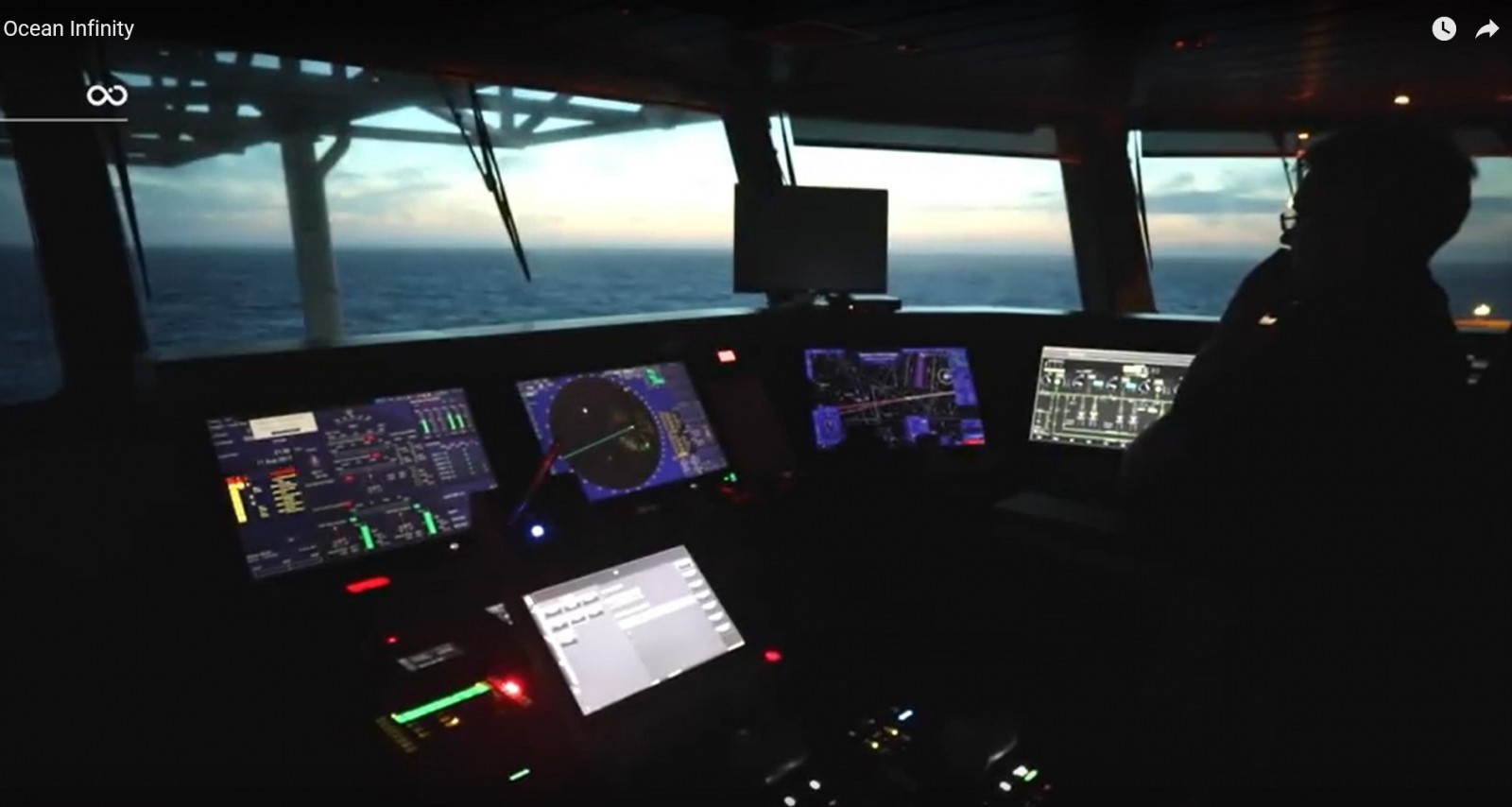The search for missing Malaysia Airlines flight MH370 has now covered more than half of the 25,000 sq. km primary search zone identified by the Australian Transport Safety Bureau and other experts as the Boeing 777’s most likely resting place.
A report released Tuesday by the MH370 Response Team said search vessel Seabed Constructor had been able to deploy all available autonomous underwater vehicles for the search operation.
Seas were “favorable over the past week and the search operation has been able to make good progress”.
The total area covered as of March 4 was 16,000 sq kms with “no significant contacts identified to date,” it said.
Favorable weather conditions are forecast for the week ahead as the high-tech vessel, supported by MV Maersk Mariner, continues to hunt for the wreckage of the missing Boeing 777.
The Seabed Constructor has been searching the third area of the northern leg of the 25,000 sq. km search zone. Experts monitoring the search say it is in water more than 5000m deep and negotiating more challenging undersea terrain near the Broken Ridge plateau.

The Malaysian Government expects the search to end in June or July if the debris is not found but is moving to formalize plans to recover the wreckage, including the crucial flight recorders, in case it is.
Read: MH370 search to end June or July.
New agency Reuters quoted the Malaysian CAA chairman Azharuddin Abdul Rahman as saying over the weekend that plans to recover the MH370 wreckage would be finalized in two weeks.
The search remains far from over and the company funding it, Ocean Infinity, has 90 days in which to conduct it on a “no cure, no fee” basis.
The clock does not run while the ship returns to port to refuel and resupply which it is due to do later this month.
Ocean Infinity has already swept a 5000 sq. km primary search area and would have been paid $US20 million if the debris is found there. It will receive $US30m if it is found in the 10,000 sq, km secondary area and $US50m in the 10,000 sq, km tertiary area.
The three zones make up a 25,000 sq.m area defined in ATSB’s report but OI will get $US70m if it locates the debris outside this zone.
Several experts have suggested this is where the missing plane may be.
The University of Western Australia’s Professor Charitha Pattiaratchi said last year that its drift modeling suggested MH370 could be within a 40km radius of Longitude 96.5° E Latitude 32.5° S.
“Results of our oceanographic drift modeling indicate that the priority region to target would be the area between 33°S and 28°S along the 7th arc,” Professor Pattiaratchi told AirlineRatings recently.
“Longitude 96.5° E Latitude 32.5° S – was the origin of the particles that were used to direct Blaine Gibson to find debris in the western Indian Ocean.”
Some members of the Independent Group of experts believe it may be even further north and a map issued by the Malaysians identifies “site extensions”, one of which ranges north of 29° S.
























